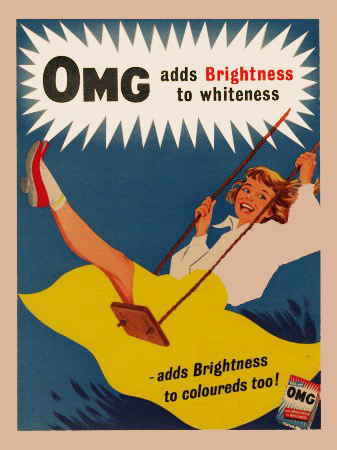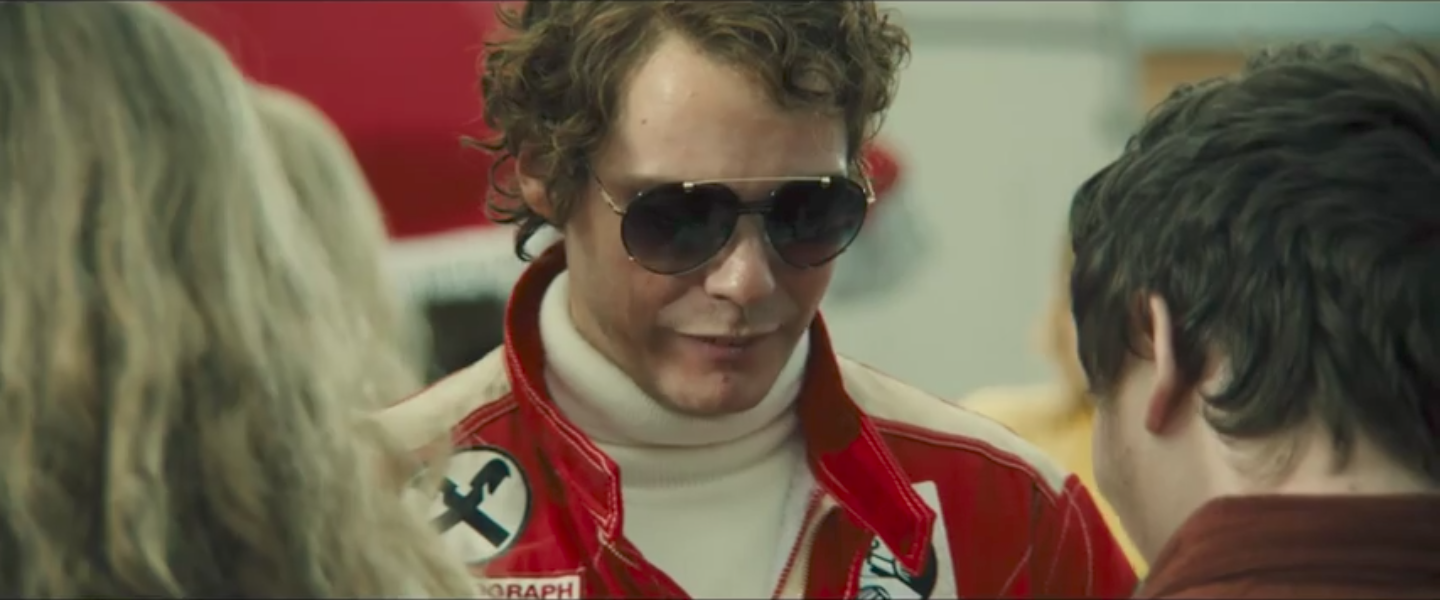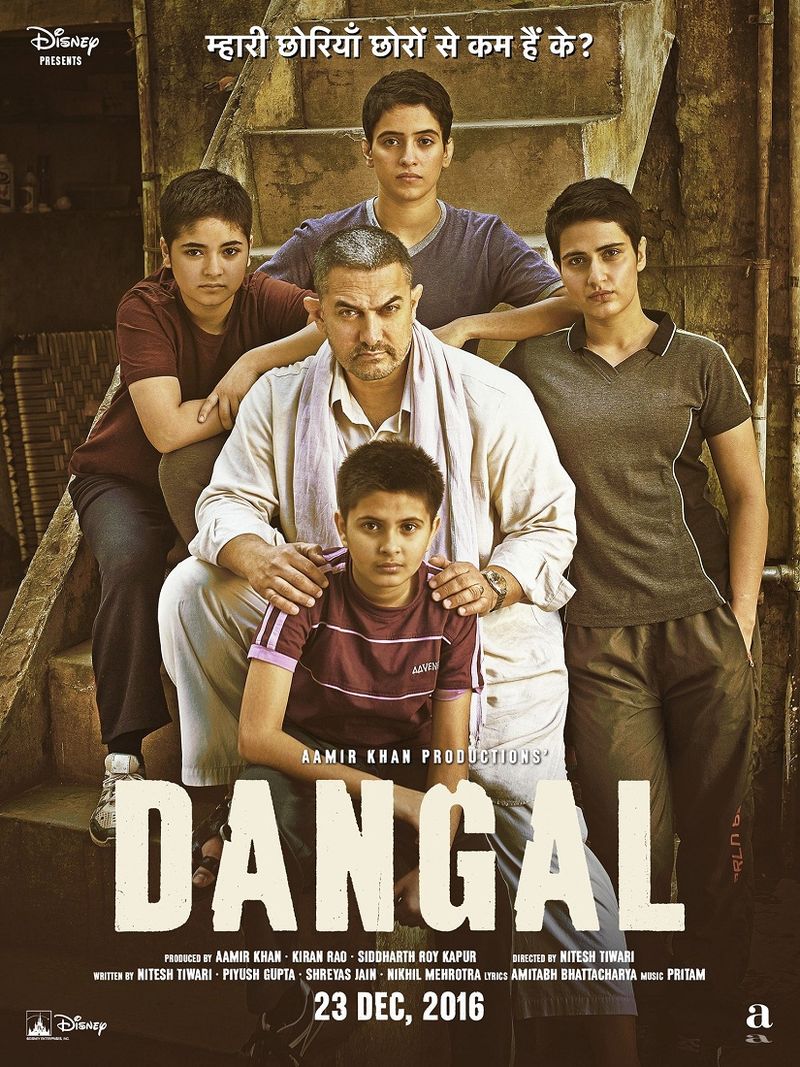Realism in Films: Are we there yet?

Film in itself is a clever visual distortion. Everything is seen through a glass lens and in a sense is visually enhanced to make subjects seem more beautiful, more dynamic more larger than life. Ironically they say a camera adds ten pounds. When the lens captures something beautiful, it’s still not enough till it’s cloyingly perfect and is given to a colourist to further filter the shots and reduce the tiniest blemishes till the canvas is one of mysterious perfection. Getting “filtered out” in the bargain, is a gargantuan pool of talent. As if objectifying women wasn’t enough the racial profiling crept into creative ideas right from advertising in the 60s. And thats the white icing on top. White icing not black.
Since when did gender or skin tone define our talent? The Oscars defining moments are victories for black artists movies; feels like an underlying fear of being prejudiced resulting in over compensation. A sympathy win. Internationally 12 Years A Slave’s win seemed like a double sided coin. We have gone from progressive cinema to a digitally self consumed Instagram world. Where film is all about looks and no longer about role play, characters and definitive actor enigma.



+Images Courtesy: Sudheer Rajbhar
Bollywood vs Hollywood
In Bollywood no actor is ever cast right or to their true potential – roles have become laugh worthy in attempts to cast a generic muscular actor named Ajay Devgan in every crime fighter’s role and Shahrukh Khan as a college student at 40 years of age. Biopics in Hollywood are cast with conviction to perfection and hair make up wardrobe only enhance the look to such a degree that the striking resemblance takes your breath away. Popularity of an actor and box office histories doesn’t define this casting and we wind up with gems like Foxx as Ray Charles or Daniel Brühl as Niki Lauda.

+ Screengrab of ‘Rush’, from Youtube
An indelible role in the rumination of the different lives of Bob Dylan, Cate Blanchett surpasses in I’m Not There right from the grip of the cigarette to her short hair and candid stares. Bridging all gender boundaries here, woman playing the role of man has only but added delicacy to a complex man’s character, an inspirational chapter in Bobs many lives. Right from a Shakespearean era and stage to the wonders of Robin Williams as Mrs. Doubtfire, opposite gender casting has been encouraged in the West but restricted to comedy in the East.

+ Screengrab of ‘I’m not There’,from Youtube
We all remember the recent Meryl Streep photo that went viral with her clutching the subway train rod on her way back from an old audition lamenting on how she was called too ugly to be seen on tv. The quote ended with how she now proudly holds her collection of 18 academy awards.
https://www.instagram.com/p/gyTFNjRoTm/?taken-by=merylstreep
Artistic license or insensitivity?
Last night a group of friends and some single malt triggered a friendly discussion of a popular Indian film, Dangal and its box office success. The movie traces the life of two female wrestling champions Geeta Phogat and Babita Kumari, from a small rural village in Haryana, who achieve gold and silver medals at the Commonwealth Games due to the rigorous and adamant training by their dedicated father, a mud wrestler in the village.

A friend had a viewpoint that the coach who further trains the girls in the movie, was portrayed as an evil man and attempted to stand in the way of the father’s coaching and the girls’ path to success. In brutal reality the coach was an average Indian coach who probably gave the girls a regular training in equal measure to the rest training for Commonwealth participation. However as an aftermath of this roaring Bollywood success, he probably has to lower his head in shame everyday as he walks out of his house and avert his eyes from the onslaught of disappointed fans pinning him down as the destructive stop block; as the man who stands between India and its potential to win medals at the Olympic Games.
My take on this however, is that the word “cinema” or entertainment/ story-telling automatically weighs in some artistic liberty. The element of drama added enables you to chew your nails in anticipation along with the audience when the girls fighting in the wrestling match are about to win. If the coach trained them to victory and they faced no obstacles, hardly doubt the story would have the same impact. It is unfortunate that stretching the truth can end up in slightly exaggerated and imperfect character portrayals but this is something that ends up as a byproduct of being a character in a film. Inspired by a true story means lending a bit of fiction to fact, every detail does not have to have a documentary truth to it. In Dangal’s case the coach unfortunately was subject to represent the poor sportsman facilities and training available in India that hampers several athletes’ potential to reaching Gold, as a whole. No doubt care should be exerted by filmmakers to deploy sensitivity whilst filming and not dehumanize characters and events in the larger picture.
Catch Me If You Can (2002)
Directed by Steven Spielberg and starring Leonardo DiCaprio and Tom Hanks, Catch Me If You Can is the wildly entertaining tale of Frank Abagnale, the young con man who successfully forged checks worth millions of dollars while spending time impersonating a pilot, a doctor and a state prosecutor. The film, which takes significant liberties with details of Abagnale’s personal life while straying little in regards to his crimes, was a critical and commercial darling which was nominated for two Academy Awards and made over $350 million worldwide.

+ Screengrab of ‘Catch Me If You Can’, from Youtube
Over the years, we’ve come to know the words “based on a true story” as somewhat fluid; we’re not saying that filmmakers are lying when they say their movie is based on actual events, but we’ve come to understand that very often creative liberties are taken and what ends up on screen is very rarely factual. In most cases, the facts have been changed to add drama, consolidate characters or to mould a story to the cinematic framework we’ve come to know all too well; while this is often to the benefit of the audience, it can often detract from the trust we place in the words, “based on a true story.” – Anonymous.
To sum it up, story-telling in its own way is filtered too, to dramatize reality and engulf an audience with emotion by adding a few stretched truths and plot twists.
Realism in films: Are we there yet?
Film needs to be open up its mind entirely and not half way. We need to be completely modern. Completely liberal in our thoughts as well as what we want to engage our audience with. Will an actor be able to hold screen time through out? Will a darker skinned actor draw box office results? Will the actress draw attention if she isn’t conventionally beautiful? Instead the questions warranted by us should be: Shouldn’t leading actors of all biopics be true to the real person? Shouldn’t a film glorify realism and not hide skin blemishes under vaults of foundation? Shouldn’t talented actors be given the main stage and not be reduced to 10 minutes of fame playing the lead’s friend? Shouldn’t actors be chosen on merit and not on their acting lineage or film network connections? Shouldn’t people be made to look screen viable yet beautiful in their natural persona?
Filtering our biases and small mindedness can lead to exploring a newer horizon that may even out run the times and bring forth a new film language and a collaborative set of surreally talented artists.
Story by : Vasudha Rungta – @vasudharungta
